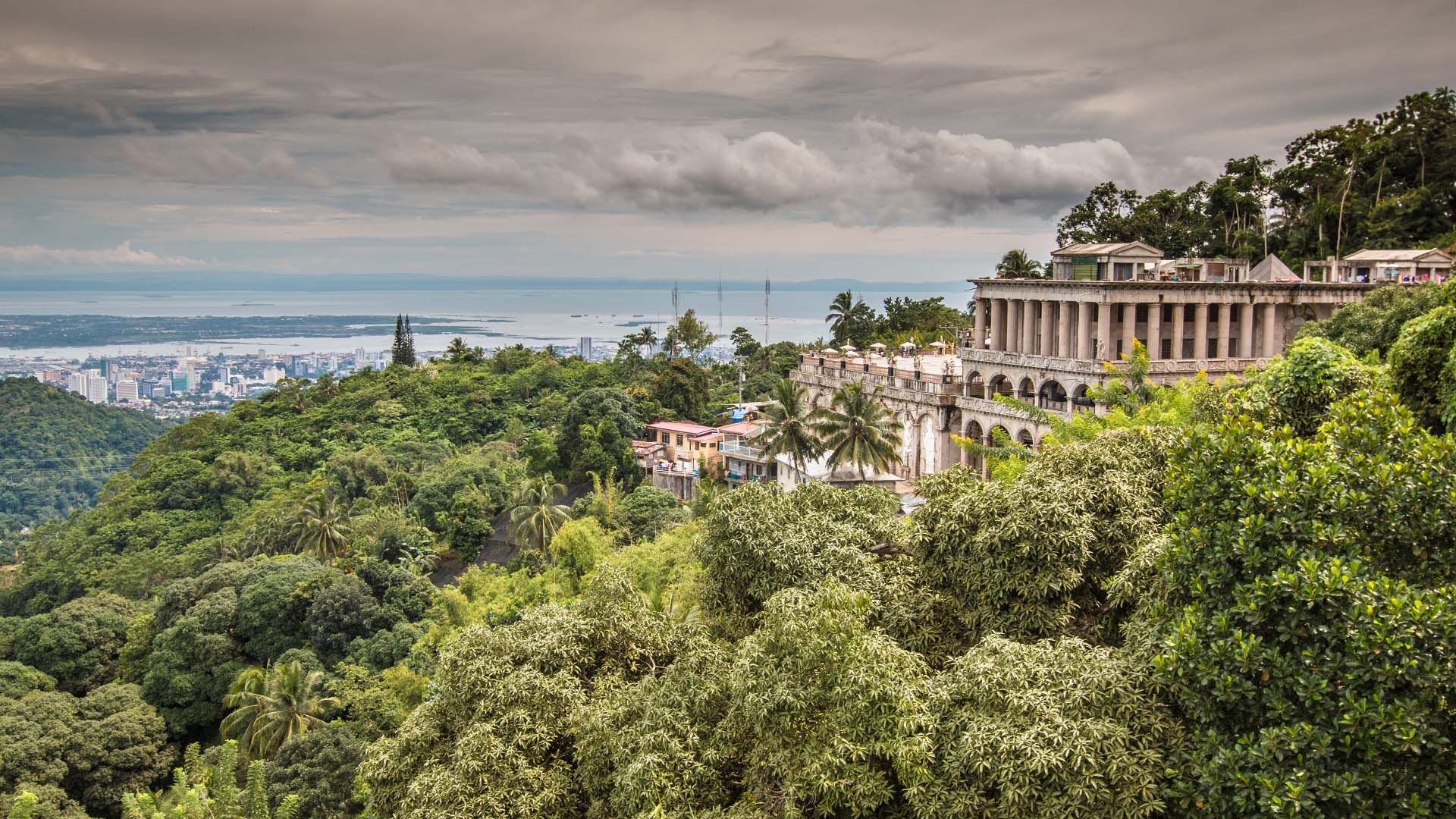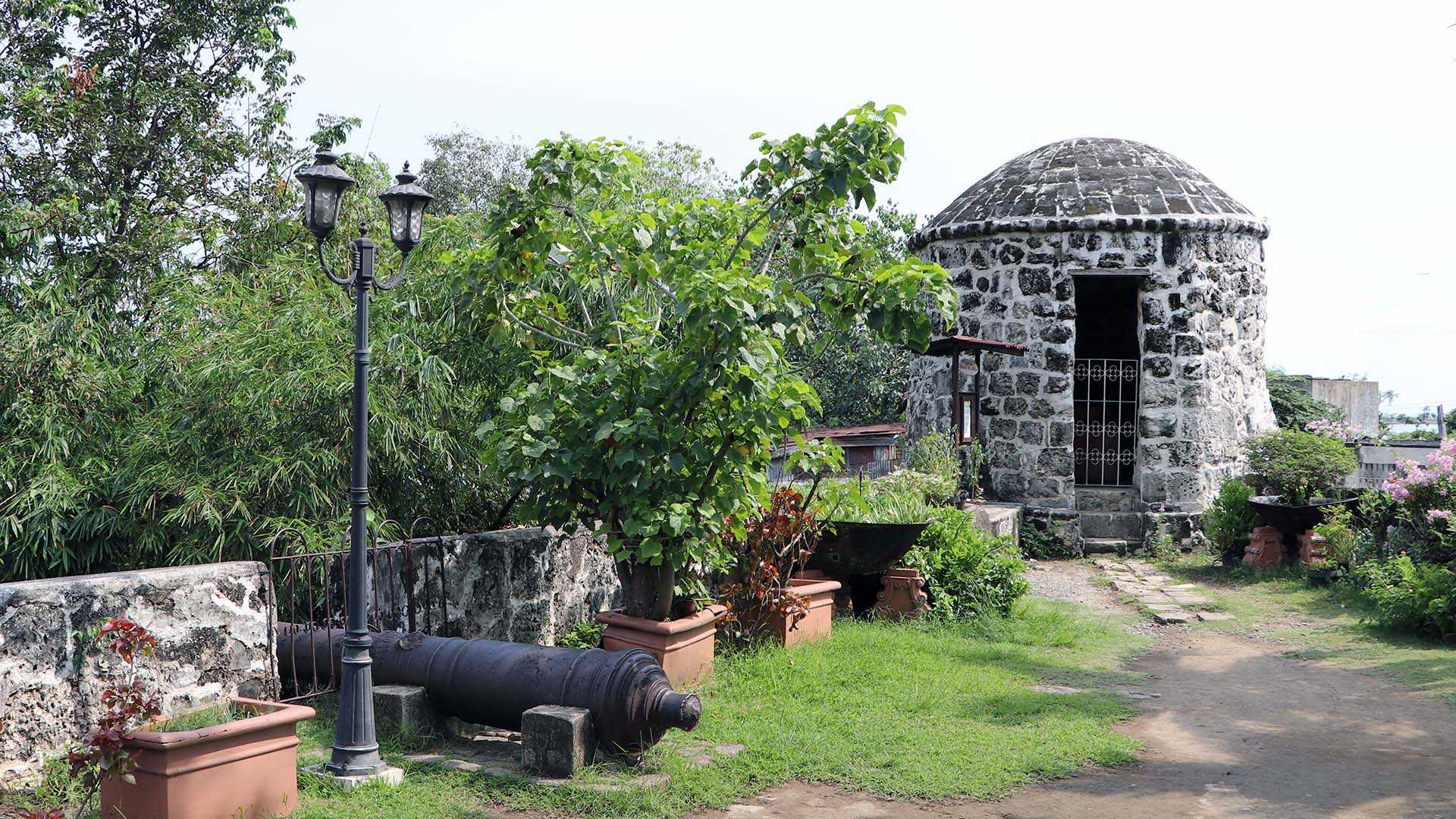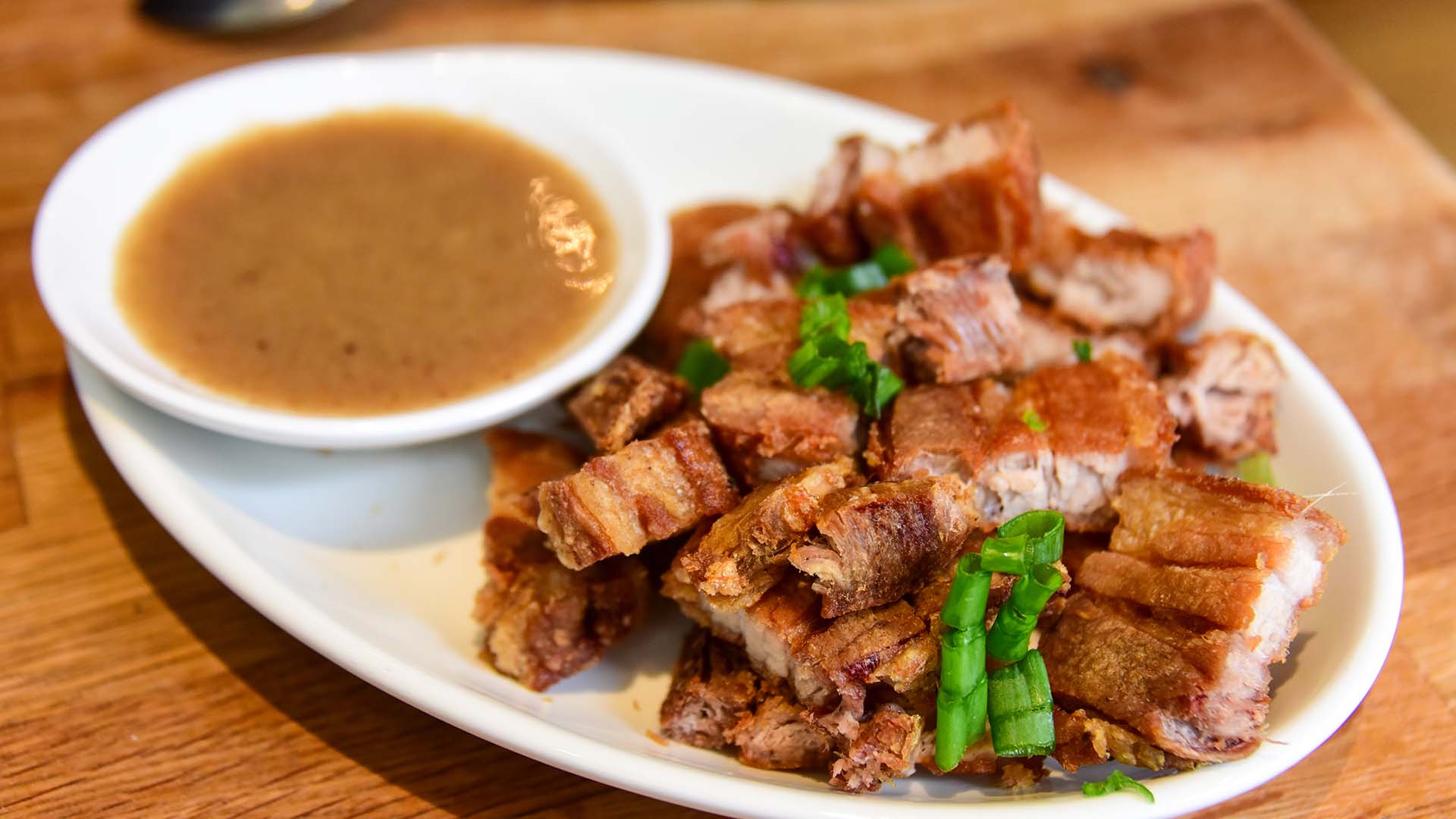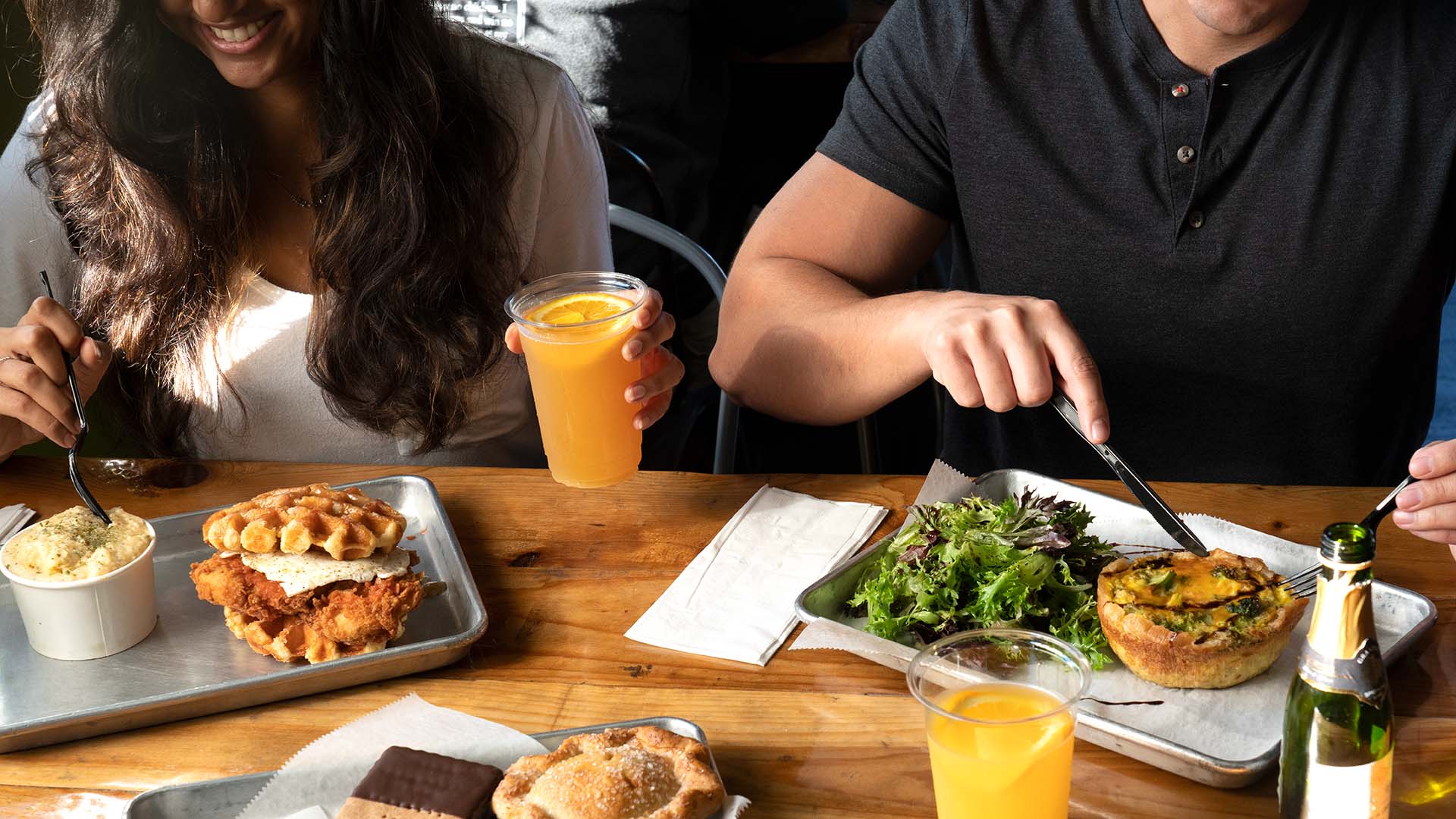
From temples to beaches, these islands can satisfy any type of traveler. (Photo: Getty Images)
Tips + TrendsShrines, Seafood and Island Hopping: Get to Know the Philippines’ Cebu and Mactan Islands
By Christian RazukasOnce ruled by Tamil kings, Cebu has given its name to a city, an island, a province — and a tropical paradise.
Travelers bound for Cebu can get a touch of everything that makes the Philippines more fun here, including a unique regional cuisine, world-class diving and snorkeling, a history that blends influences from a half-dozen cultures, and a relaxed vibe on the main islands of Cebu and Mactan.
Here’s what you need know.
From Temple to Temple
If you’re aiming for Instagrammable destinations, head to the Cebu Taoist Temple. Sloping along a hill overlooking Cebu City, the complex boasts colorful pagodas, a walkway that looks like the Great Wall of China and dramatic dragon statues.
Visitors are welcome to light joss sticks and ask for divine guidance. Later, stop by the Temple of Leah, built by a devoted millionaire husband to honor his wife.
Touted as the Filipino Taj Mahal, the temple, which looks as if it were designed by an architect simultaneously inspired by Liberace and neoclassical architecture, is heavy on ceiling murals, chandeliers, gold, nymph fountains and griffon statues.

Walk Through History
Cebu City’s compact downtown is full of heritage buildings showcasing the island’s long history as a crossroads. For a perfect day tour, start with Fort San Pedro, built by the Spanish in the 1700s to stop pirate invasions from the Sulu Sea, and savor its tropical take on “Game of Thrones,” complete with stone walls, verdigris-covered cannons and a wishing well.
A few minutes away is Basilica Minore del Santo Niño, venerated by Filipino Catholics, which holds pieces of the first cross to be raised in the Philippines in 1521, when Magellan met his demise on a nearby beach.
Stroll on to the Sugbu Chinese Heritage Museum, set in a former colonial jail, to see a replica Chinese junk and a history of Cebu’s Chinese community, and finish at the Casa Gorordo Museum, a beautifully maintained 19th-century family home.
Street Food Fun
Stop right now and watch Netflix’s “Street Food: Asia” episode on Cebu to whet your appetite. Hungry for more? Make room for some lechón, or the famous roast pig of the Philippines. It’s a staple of every local banquet or party.

Plates are piled high with the succulent pork at Rico’s, a family owned chain long favored by former President Estrada, who ordered Rico’s lechón to serve at Malacañang Palace, or Filipino White House.
Adventurous eaters can search out another Cebuano favorite: sidewalk pungko-pungko stands, serving unhealthy-but-delicious finger-food delights like fried pork fat, fried brains and the like, which taste even better when doused in coconut vinegar. Trust us.
Pro-tip: Check out Backstreet Academy’s street-food tour and help the local community while dining.
Under the Sea
Mactan Island, home of the Sheraton Cebu Mactan Resort, is just minutes away via bridge from busier Cebu Island. The resort sits on a peninsula that juts into Magellan Bay, which is home to a bevy of gorgeous islands that are a brief boat ride away.

Tours typically let you choose several islets to visit, such as Olango, which has a mangrove forest and a bird sanctuary, or Caohagan, which is full of trees and perfect for diving — or for feeling like a castaway.
Meanwhile, Nalusuan Island, part of a marine reserve, has coral reefs that are teeming with fish, making it the perfect spot for snorkeling.
Get Your Groove On
Thanks to four centuries of church choirs, travelers can find live music at every turn in Cebu. But for a different take on Filipino musical traditions, head to Lapu-Lapu City, which is also on Mactan Island.
It’s home to families of artisanal instrument makers who have been crafting guitars, and later ukuleles, since stringed instruments were introduced by Spanish friars in the 16th century.
Venture into the workshops of Alegre Guitar Factory or Ferangeli Guitar Handicrafter, among many others, and see the luthiers working with exotic woods from Philippine cedar, mango trees, mahogany or even koa wood from Hawaii.







